We at Kotaku have long been in the habit of ranking all the games worst-to-best in a major series, whether it’s Pokémon or Halo or Assassin’s Creed. At a glance, it’s possible to read those posts as reductive. Most every game has at least one redeeming quality. On the other hand, every “perfect” game probably has something to hate about it. Hence the start of a new series here at Kotaku, wherein we cover the singular best and worst aspects of every mainline game in a popular franchise. First up: Borderlands, Gearbox’s cartoonishly violent series of loot-shooters.
Borderlands (2009)
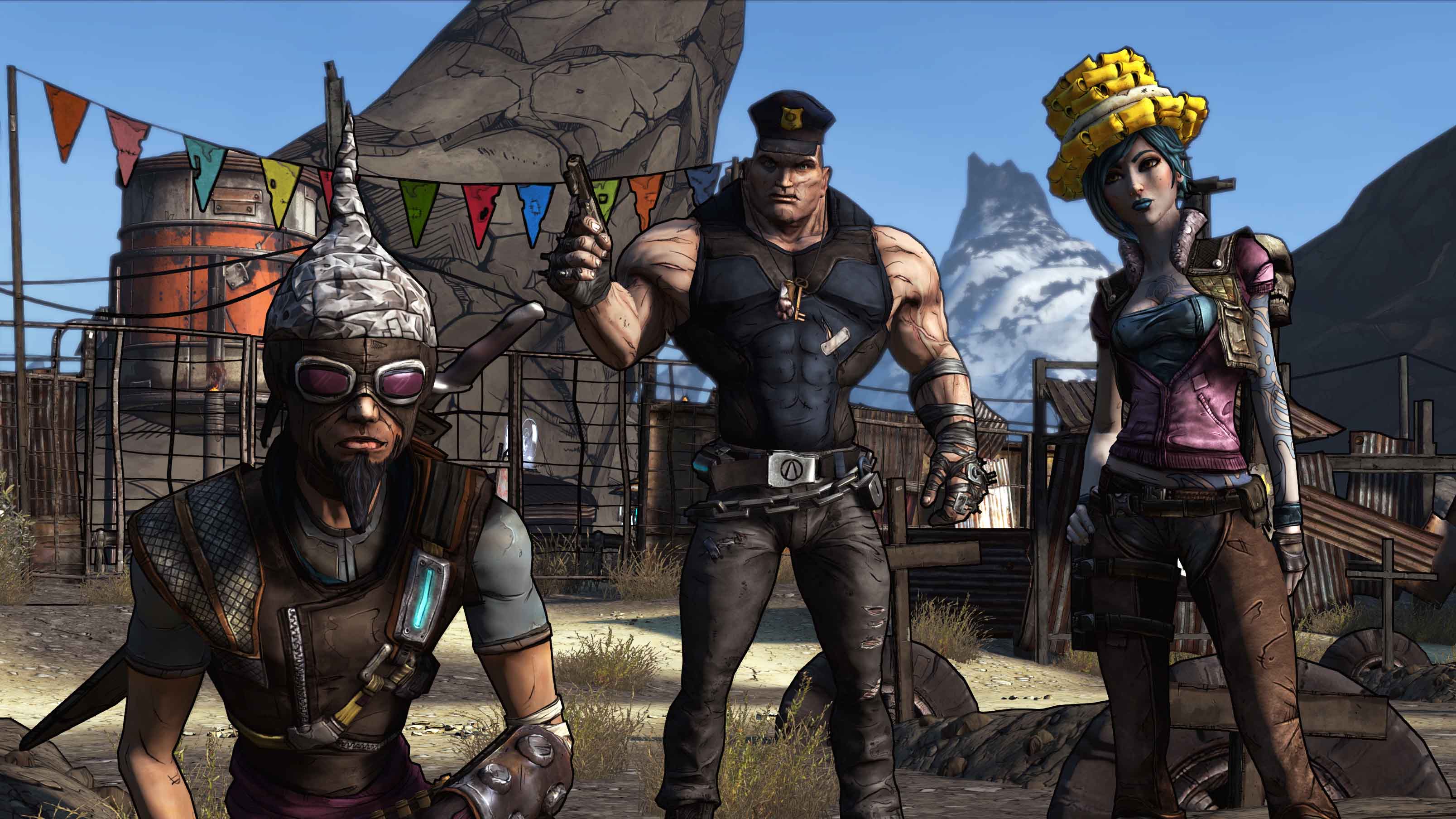
Best: The core concept. When Borderlands came onto the scene more than a decade ago, it was genuinely revolutionary. Combining first-person shooting with the rarity-tiered loot grind of Diablo proved an intoxicating combo. Distinct classes with unique abilities and robust skill trees gave the game some RPG bona fides, like you were always working toward something. Borderlands also knew exactly what it was and didn’t try to be anything else, giving you a confidently basic premise — go, uhh, find lost ancient treasure or something — to justify the grind.
Worst: Heroes lacked personality. Gearbox sketched out four playable characters for Borderlands: the brawler Brick, the generic soldier Roland, the hunter Mordecai (joined by a little bird friend), and the magically enhanced Lilith. But like many first-person games at the time, they served as generic ciphers for the player, not really having well-defined personalities of their own. For a game that was otherwise sharply written, it was a shame not to see that biting wit apply to the folks you played as. (Gearbox quickly remedied this with subsequent entries, though.)
Borderlands 2 (2012)
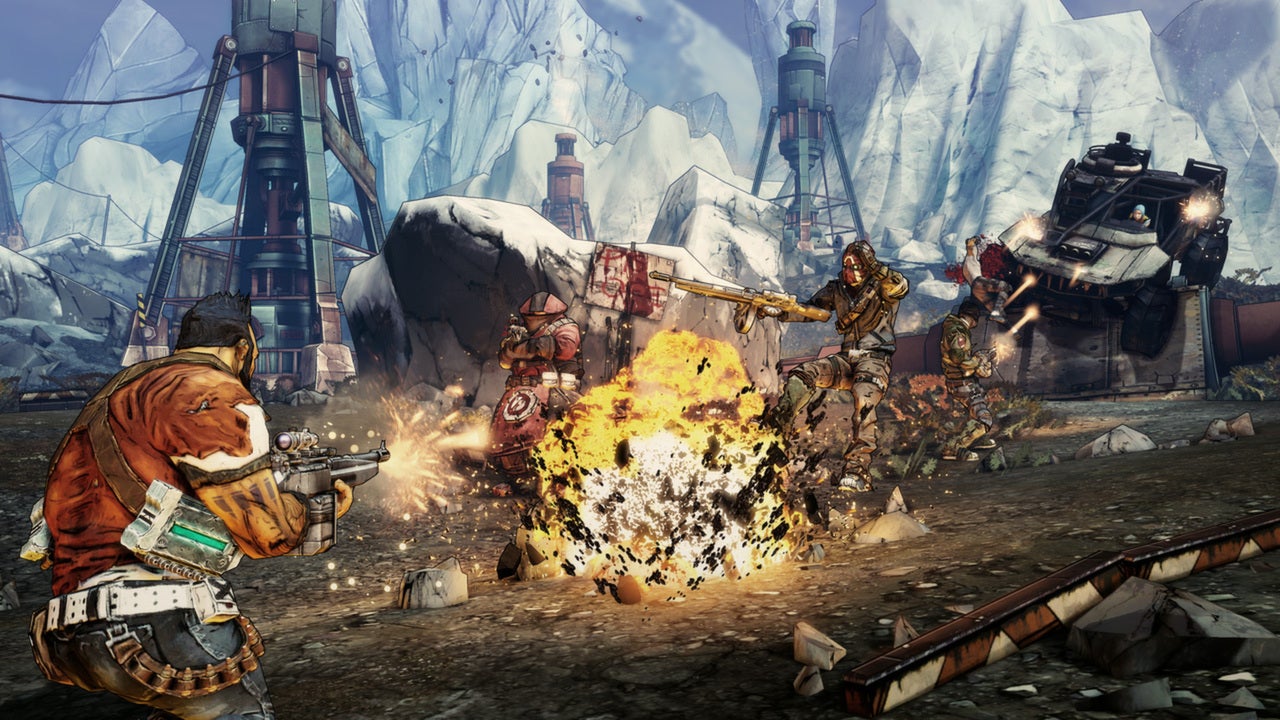
Best: Um, everything? I’ve said it before, and I stand by it: Borderlands 2 is easily one of the best sequels in all of gaming. It maintained everything that made the first game such a standout hit, except cranked up to “87 bazillion.” It brought back the original four heroes from the first game, this time as NPCs with fleshed-out stories. The villain, Handsome Jack, was an all-timer, menacing and amusing in equal measure. Also, the game’s environments actually featured more than one colour.
Worst: OK, fiiine, the Caustic Caverns kinda sucked. I still have nightmares. Not worth venturing there at all, not even for the Minecraft skin.
Borderlands: The Pre-Sequel (2014)
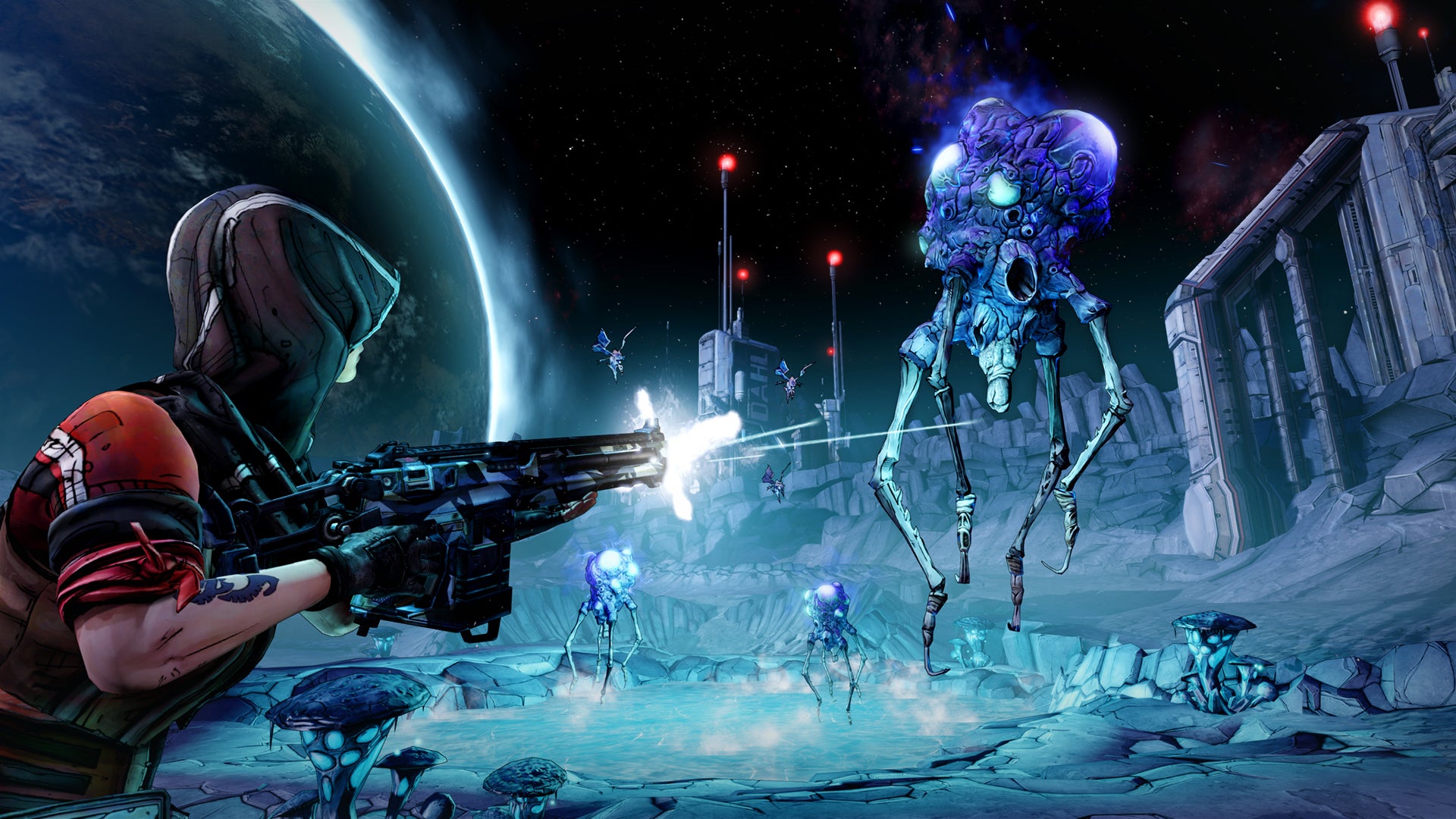
Best: It was on the fucking moon! Borderlands: The Pre-Sequel, a spinoff primarily developed by 2K Australia, bridged the narrative gap between the first two games, sending players off-planet and colouring in the origin story of Handsome Jack. Yeah yeah yeah, that’s cool and all. The real draw, again, was that you were on the moon! The sheer amount of cool features this introduced — low gravity, jetpacks, butt-slams — was worth many of the game’s shortcomings.
Worst: Oxygen meters. On the flip side, being on the moon meant not having any air. An oxygen metre slowly depleted whenever you were in an exterior area, which was often. To fill it back up, you had to head to oxygen bubbles strewn around maps, meaning you had to keep at least one eye on a constantly exhausting resource. C’mon. It’s Borderlands. The last thing you wanna do is spend time worrying about something.
Borderlands 3 (2019)
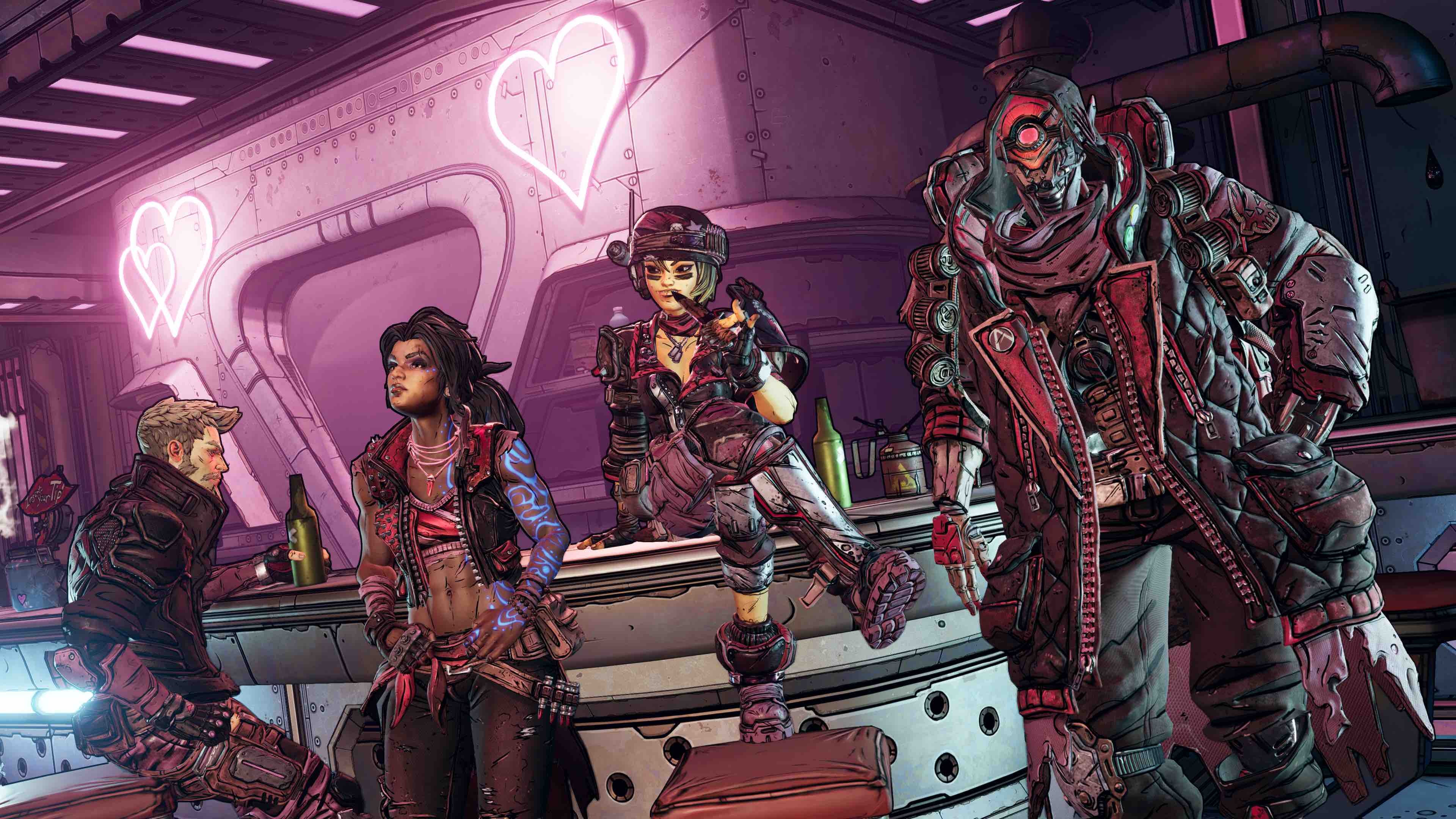
Best: Interplanetary travel. For years, Borderlands games offered limited biome diversity, with the whole game confined to one planet (Pandora for the first two, the moon for the spin-off). But Borderlands 3 let you go to five different planets. So what if one of them, the ethereal, vine-covered Athenas, was literally just one stage. The densely packed metropolis of Promethea was a NUMTOT’s dream. (Hear, hear for walkable cities.) The jungles of Eden-6 were rich and moody and ominous. Even Pandora got a glow-up, with tons of new subregions to explore, in addition to the barren wastes that defined it in prior entries.
Worst: The emphasis on driving. Yes, Borderlands 3 teed up a ton of interesting levels. The catch? Most of them were massive, forcing you to hop into a car if you wanted to get around with even the barest hint of expediency. Borderlands 3’s driving was slippery and imprecise, though — forgivable for the earlier games, but not for this one, wherein vehicular control felt like it hadn’t improved at all in a decade. (Gearbox did not include driving segments in Borderlands 3’s successor, Tiny Tina’s Wonderlands.)
Tiny Tina’s Wonderlands
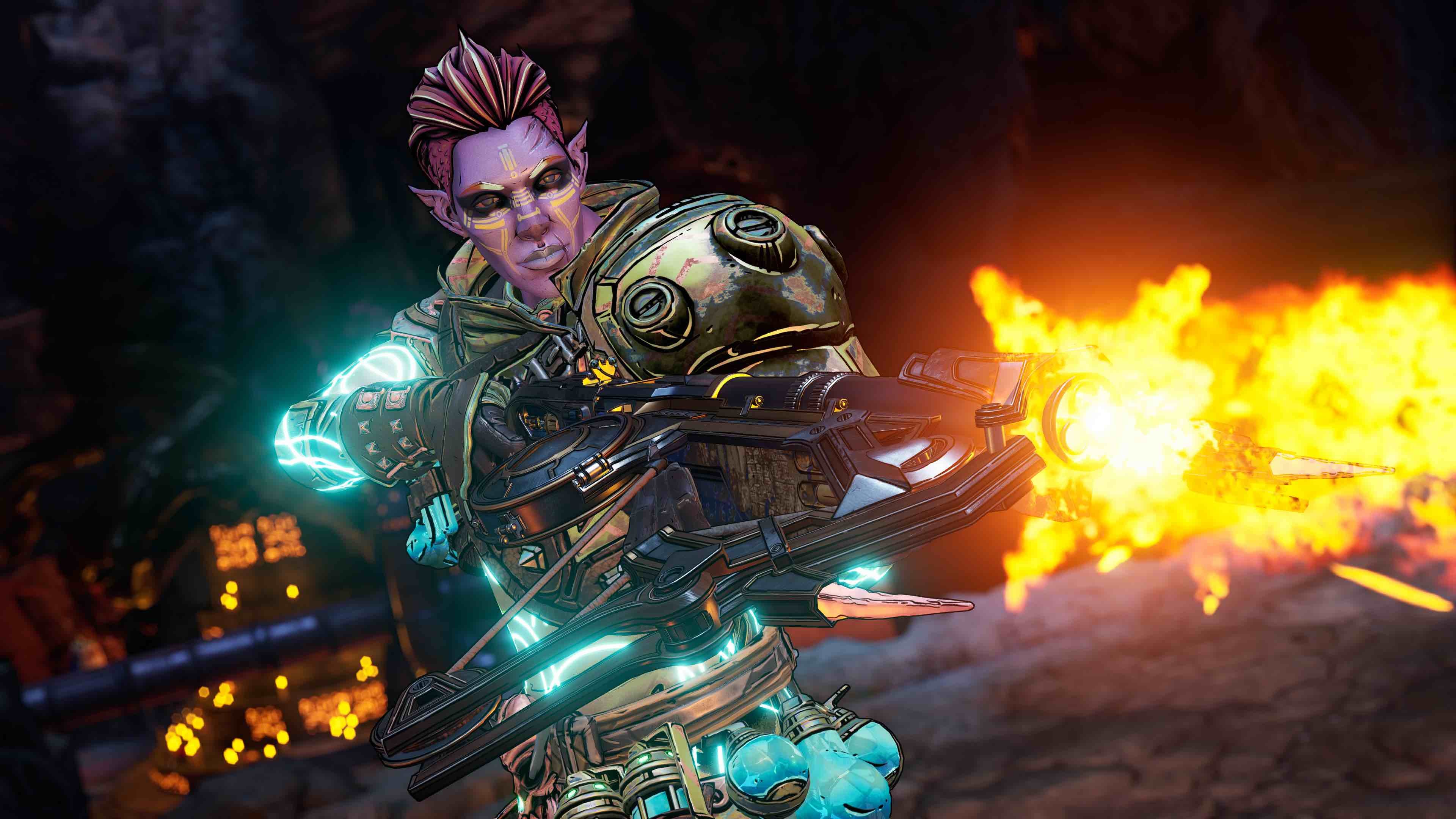
Best: The fantasy theme. Tiny Tina’s Wonderlands is part spin-off, part follow-up to the fantasy-themed Borderlands 2 expansion, Assault on Dragon Keep, arguably the fan favourite in the series. Wonderlands takes that campaign’s fantasy trappings and runs with it for a whole game. Pistols become crossbows. Bandits become reanimated pirate corpses. A castle turns into a giant beanstalk with shattered ramparts and malevolent mushroom people. It’s like Borderlands went to the renaissance faire — an idea that, on paper, shouldn’t work but, in practice, totally does.
Worst: Paper-thin expansions. Historically, the Borderlands games have rolled out four significant campaign expansions, typically spread out over a year after release. Tiny Tina’s Wonderlands also has four post-release expansions. They’re not really full campaigns, though; really, each one is a themed, endlessly replayable single dungeon that you grind repeatedly for better loot. There’s a story — something about a magical mirror operated by a witch — but it pales in comparison to the depth you get in, say, any of the terrific Borderlands 3 campaigns. Three have come out so far. The final one, “Shattering Spectreglass,” is due out soon, Gearbox says, and will also introduce a seventh class to the game: the poison-focused Blightcaller. Who knows: Maybe it’ll wholly redeem the DLC.
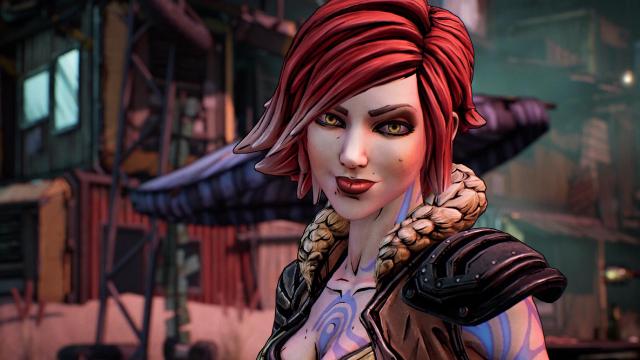
Leave a Reply